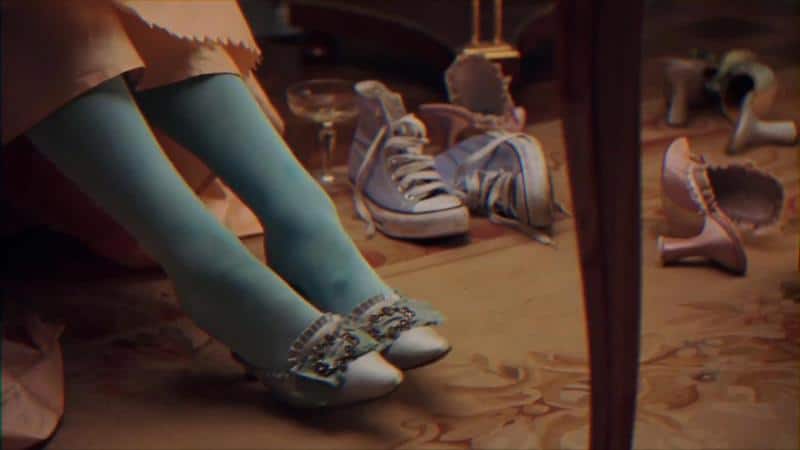#Marie Antoinette and the Argument for Mise en Scène as Film Form

Table of Contents
“#Marie Antoinette and the Argument for Mise en Scène as Film Form”
Welcome to The Queue — your daily distraction of curated video content sourced from across the web. Today, we’re watching a video essay on the narrative role of mise-en-scène in Sofia Coppola’s Marie Antoinette.
There’s definitely an argument to be made that, as film fans, we see mise-en-scène the most but appreciate it the least.
Maybe the term’s theatrical origins put it at odds with some of the more uniquely cinematic elements of film, like cinematography and editing. Maybe the term’s right-out-the-gate French-ness makes it feel unapproachable and pretentious. But we’re getting ahead of ourselves. What is mise-en-scène, anyway?
First appearing in the early 19th century, the term literally translates to something along the lines of “placing on stage.” In the theater, mise-en-scène describes the arrangement of actors and scenery. Its cinematic definition is not too dissimilar and covers everything you see within the film frame: setting, costume, makeup, lighting, color, and staging.
Because it refers to all of the elements that comprise a single shot, properly giving it its due can feel a bit daunting. To boot, like editing, you’re not supposed to really notice it. But all rules have exceptions. And mise-en-scène can be much, much more than world-building props and set-dressing.
A great example of its potential as film form can be glimpsed in Sofia Coppola‘s Marie Antoinette, which charts the rise and fall of the last queen of France before the French Revolution. With a giddy sense of anachronism, Coppola’s film is pointedly and appropriately fixated on stuff.
By unambiguously foregrounding the Old Regime’s fixation on indulgent materialism, Marie Antoinette acts as a perfect case study of distinctly cinematic uses of mise-en-scène.
Watch “What is Mise-en-scène?: Marie Antoinette”:
Who made this?
This video essay about Marie Antoinette and mise-en-scène is by Jordan Schonig, who holds a Ph.D. in Cinema and Media Studies from the University of Chicago. They are a Film Studies lecturer and make video essays on, what else, film. You can subscribe to Schonig on YouTube here. And you can follow them on Twitter here.
More videos like this
If you liked the article, do not forget to share it with your friends. Follow us on Google News too, click on the star and choose us from your favorites.
For forums sites go to Forum.BuradaBiliyorum.Com
If you want to read more Like this articles, you can visit our Social Media category.



.jpg)
